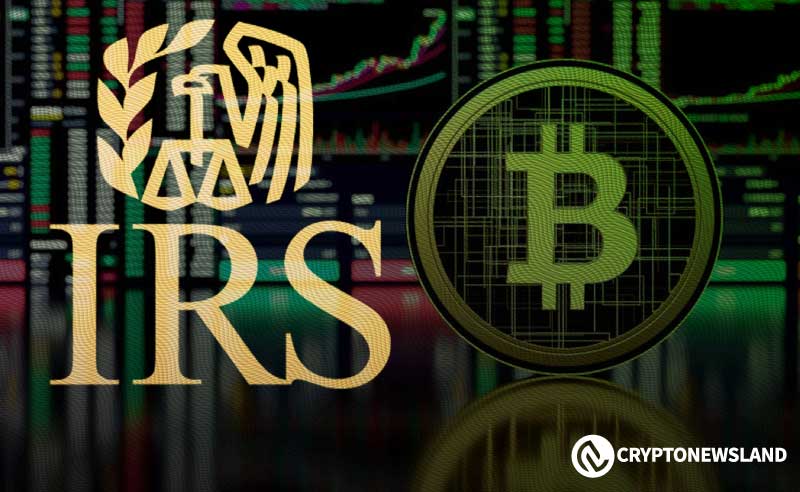- IRS will introduce Form 1099-DA for tokenized stocks and bonds starting in 2025.
- Brokers can use either Form 1099-B or 1099-DA during the transition until 2026.
- The new form aims to improve tax compliance and monitoring of tokenized securities.
According to the most recent tax guidance from the Internal Revenue Service (IRS), extensive changes to the reporting of digital assets tax are expected from as early as 2025. More particularly, the agency is shifting tokenized stocks and bonds on option sales and other such transactions from the previously used Form 1099-B to the new Form 1099-DA.
This form brings a new level of change in how brokers manage the process of providing tax reporting for these new financial instruments. The new requirements will align reporting on tokenized assets with current tax reporting procedures and help both brokers and investors fulfill their obligations.
Form 1099-DA: A New Standard for Tokenized Securities
Form 1099-DA is specifically designed for reporting tokenized stocks, bonds, and other digital assets. Brokers will use this form instead of the traditional 1099-B for these types of transactions. The IRS introduced this change to address the growing prevalence of tokenized financial products in the market. This move reflects the IRS’s commitment to updating tax laws to keep pace with the evolving digital economy.
Its main utility is to enhance accuracy as well as efficiency of tax compliance boundaries in tokenized securities utilization and ownership. This will help IRS to track the flow of the taxable events and ensure that all capital gains or losses are well recorded. These assets holders or traders will be provided with proper records of their transactions to enable them to determine their taxes.
Transition Period to Help Brokers Adjust
In order to assist brokers to move into the new reporting system, the U.S. Treasury Department has introduced the transition rule. This period from the year 2025 up to the end of the year 2026 allows the broker to use both Form 1099-B and Form 1099-DA for tokenized stocks, and bonds. Open-ended implementation will allow brokers more time to adjust their systems and reporting in lieu of regulatory compliance deadlines.
This transition rule is particularly important for traditional brokers, who may face challenges in adapting to the new reporting requirements. It provides them with a buffer period to ensure that the necessary adjustments are made before Form 1099-DA becomes the mandatory reporting standard in 2027.
The introduction of Form 1099-DA will provide a clear record of transactions, which will be essential for accurate tax reporting. It will also enhance the IRS’s ability to track and identify tax underreporting in the digital asset space.


